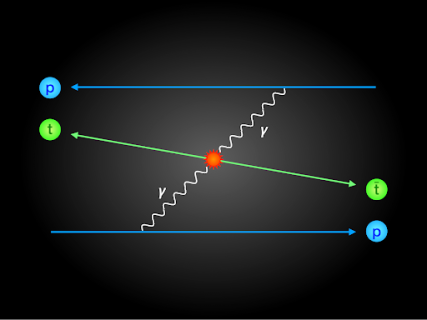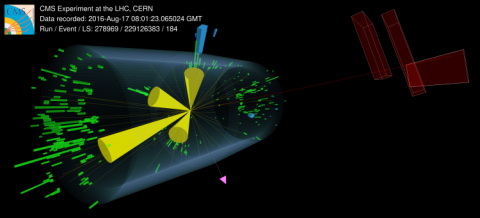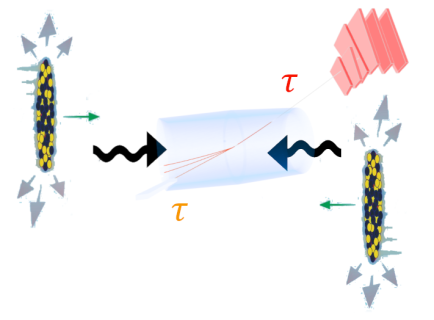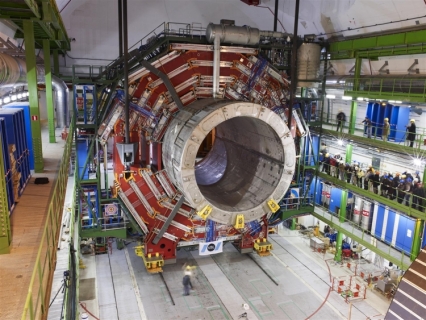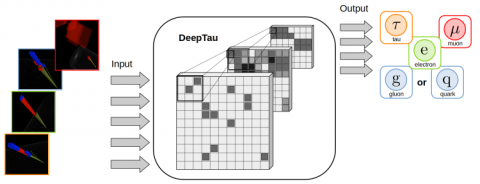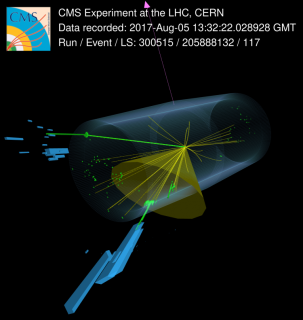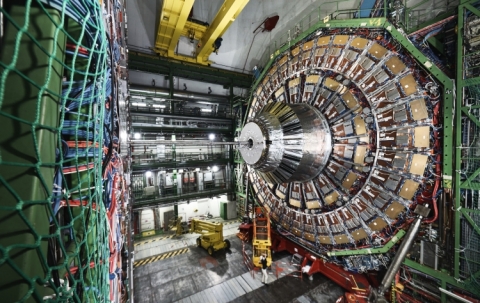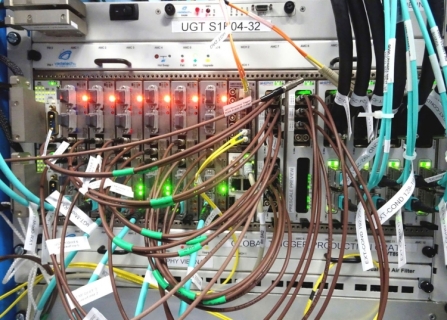CMS experiment recently made a new measurement of Higgs boson coupling strength to the charm quark, putting the best constraint so far on the anomalous value compared to the prediction from the standard model. Using the complete data volume of Run 2, and using state-of-the-art techniques of machine learning aptly, the scientist developed a very sensitive methodology for identification of jet originating from a charm quark. Further by taking into account all possible values for the Higgs boson momentum being low or high, they considered distinct possibilities for the two jets from the Higgs boson decay being separated or collapsed in space. Again deep learning methods helped here to achieve the goal.

